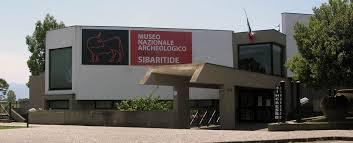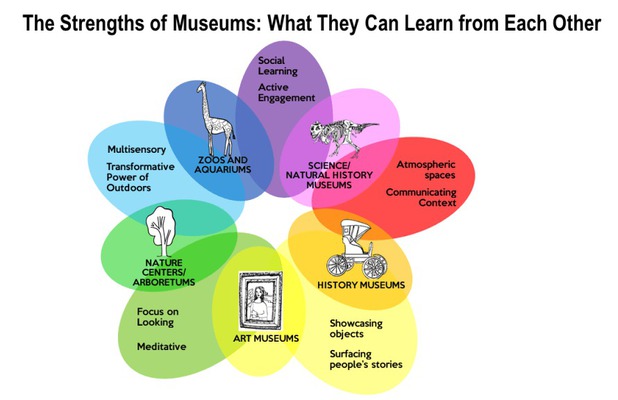Different Types of Museums
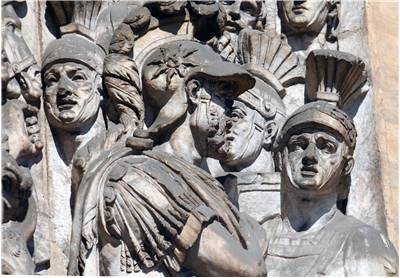
There are different types of museums. Here are some of them:
Archaeology museums. They display archeological artifacts. They can be open-air museums or they can exhibit items in a building.
Art museums. Also known as art galleries. They are spaces for showing art objects, most commonly visual art objects as paintings, sculpture, photography, illustrations, drawings, ceramics or metalwork. First publicly owned art museum in Europe was Amerbach-Cabinet in Basel (Now Kunstmuseum Basel).
Encyclopedic museums. They are usually large institutions and they offer visitors a wide variety of information on many themes, both local and global. They are not thematically defined nor specialized.
Historic house museums. A house or a building turned into a museum for a variety of reasons, most commonly because the person that lived in it was important or something important happened in it. House is often equipped with furniture like it was in the time when it was used. Visitors of the house learn through guides that tell story of the house and its inhabitants.
History museums. They collect objects and artifacts that tell a chronological story about particular locality. Objects that are collected could be documents, artifacts, archeological findings and other. They could be in a building, historic house or a historic site.
Living history museums. Type of a museum in which historic events are performed by actors to immerse a viewer and show how certain events looked like or how some crafts were performed because there is no other way to see them now because they are obsolete.
Maritime museums. Specialized museums for displaying maritime history, culture or archaeology. Primarily archaeological maritime museums exhibit artifacts and preserved shipwrecks recovered from bodies of water. Maritime history museums, show and educate the public about humanity's maritime past.
Military and war museums. Museums specialized in military histories. Usually organized from a point of view of a one nation and conflicts in which that country has taken part. They collect and present weapons, uniforms, decorations, war technology and other objects.
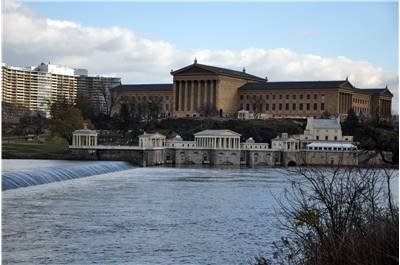
Mobile museums. Museums that have no specific strict place of exhibiting. They could be exhibited from a vehicle or they could move from museum to museum as guests. Also a name for a parts of exhibitions of a museum that are sent to another museum.
Natural history museums. Usually display objects from nature like stuffed animals or pressed plants. They educate about natural history, dinosaurs, zoology, oceanography, anthropology, evolution, environmental issues, and more.
Open-air museums. Characteristic for exhibiting outdoors. Exhibitions consist of buildings that recreate architecture from the past. First opened in Scandinavia near the end of the 19th century.
Pop-up museums. Nontraditional museum institutions. Made to last short and often relying on visitors to provide museum objects and labels while professionals or institution only provide theme. With that is constructed shared historical authority.
Science museums.
Specialized for science and history of science. In the beginning they were static displays of objects but now they are made so the visitors can participate and that way better learn about different branches of science.
Diocesan museum
A diocesan museum (or, more properly, an ecclesiastical museum of diocesan interest) is a museum structure that collects, preserves, exhibits and enhances the sacred works of the diocese of reference.
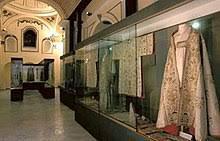
Ducal Castle Museum
It arose as a military fortress in 1073 and over time has undergone a series of transformations. The Sanseverino princes, the Saluzzo dukes and the Compagna barons changed and expanded its original structure to make it impregnable to enemy sieges and subsequently adapt it to a noble residence.

Archaeological Museum
The archaeological museum is a museum-like structure that exhibits artifacts from the ancient period, generally including finds from prehistory to the classical age, although it often includes productions up to the end of the eighteenth century and sometimes even beyond.
